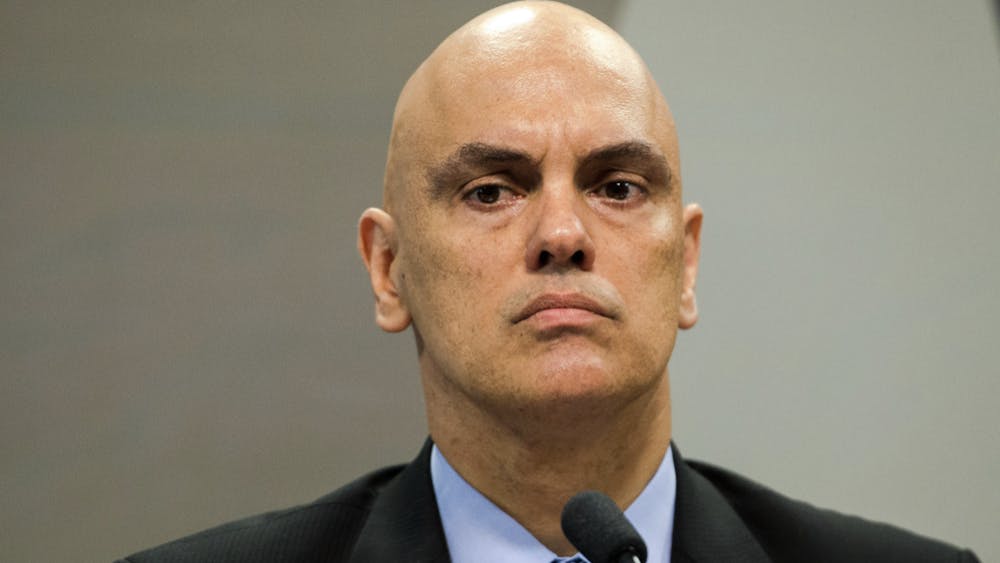Despite the characterization of the University's new carbon emissions goals as "ambitious" by the Observer and "aggressive" by the campus Director of Sustainability, the plan announced on Nov. 29 is not one of which Notre Dame should be proud. A decade ago the Sustainability Strategy might have been moderately progressive in higher education circles. Now, compared to the plans of leading universities doing their parts to address global warming, it looks more quaint than visionary.
The first thing to note about our plan is that it makes no commitment to reducing carbon emissions absolutely, "dramatically" or otherwise. It merely promises greater efficiency, not a smaller footprint. The 2030 goal of cutting emissions by 50 percent per square foot (something Georgetown University commits to do by 2020) may or may not result in significant reductions given Notre Dame's rate of growth. Keeping our plan "really flexible" means avoiding commitment.

Where we aim to cut emissions by 70 percent — again, per square foot — schools ranging from Cornell to Weber State University in Utah have committed to carbon neutrality by that date. Others have set that target much earlier: Montana by 2020, Duke by 2024, Florida by 2025. Brown has committed to cut carbon emissions 42 percent (total, not per square foot) by 2020 and Yale by 43 percent, while also setting a target of getting 25 percent of its energy from renewable sources. While Princeton is within months of completing a large solar array to provide 5.5 percent of its energy needs right now, the Notre Dame administration said "it doesn't make sense for us to invest heavily in solar or in wind." We remain wedded indefinitely to coal, which puts roughly two times more carbon into the air than gas, while Cornell and Duke abandoned coal earlier this year, and Brown switched from oil to gas.
The new Sustainability Strategy should be subjected to a careful, campus-wide discussion and then reformulated to reflect Notre Dame at its best. We need to be leaders, not foot-draggers, in addressing climate change. In his eloquent inaugural address, Father Jenkins urged that we strive to make Notre Dame a "healing, unifying, enlightening force for a world deeply in need," enlarging our vision so that no one in the future might "say that we dreamed too small." The current plan for slowing carbon emissions is too small.
John Sitter
Professor of Literature
English Department
Nov. 30












